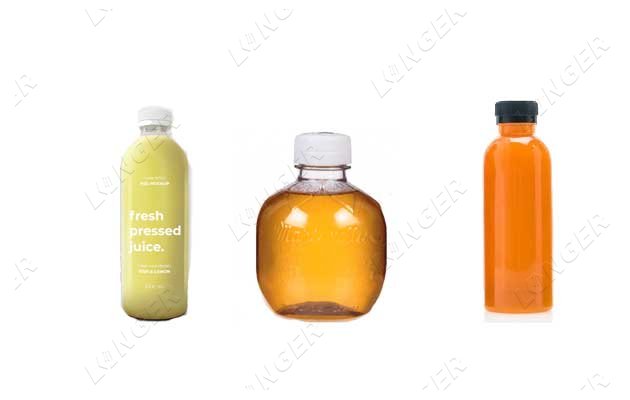Working Principle of Liquid Filling Machine
Date:2022-11-07 By:Sherry
Liquid filling machines are widely used and can be used for filling of different concentrations, such as water, juice, sauce, paste, etc. But what is the working principle of liquid filling machine.

The filling machine is mainly divided into three parts: storage tank, filling host and frequency conversion speed regulation transmission module. The liquid tank of the liquid filling machine is located on the top of the device. It is an atmospheric tank with a level sensor and a feed solenoid valve. The liquid material conveyed in the previous process enters the storage tank through the solenoid valve. When the proper liquid level is reached, the liquid level sensor will signal to close and stop feeding. When the material surface drops to the designated position, it will automatically open. The input solenoid valve, in the lower part of the storage tank, the discharge port is connected to the suction pipe of the liquid-filled main engine through a pipeline. When the main engine is working, the liquid in the liquid storage tank is sucked into the piston cylinder and injected into the bottle through the nozzle.
The main unit is the main equipment to complete the filling operation. There are multiple filling heads at the front of the main machine, and liquid collecting cylinders on both sides, and each cylinder corresponds to a filling head. The liquid in the storage tank is sucked into the cylinder, then squeezed, and poured into the corresponding bottle through the filling head. The micro cylinder on the filling head drives a small piston to open and close the nozzle of the filling head, acting as a valve. At the beginning of filling, insert the nozzle into the bottle, open the small piston at a certain distance from the bottom of the bottle, and start filling. Fill the head and rim until the filling is complete, then close the spout and lift it into place for the bottle.
The conveying module of the liquid filling machine, the bottle is fed into the bottle from the conveyor belt, the bottle is started, the bottle-out cylinder is extended, and the bottle-out stopper intercepts the empty bottle. A photoelectric switch is set at the entrance to detect the number of bottles. When the number of filling heads is the same as the number of filling heads, the feeding cylinder will be lengthened, the feeding port will be blocked, and the conveyor motor will stop running. After the filling is completed, the filling head rises, the discharge cylinder retracts, the conveying motor rotates again, and the filling bottle is sent out.
